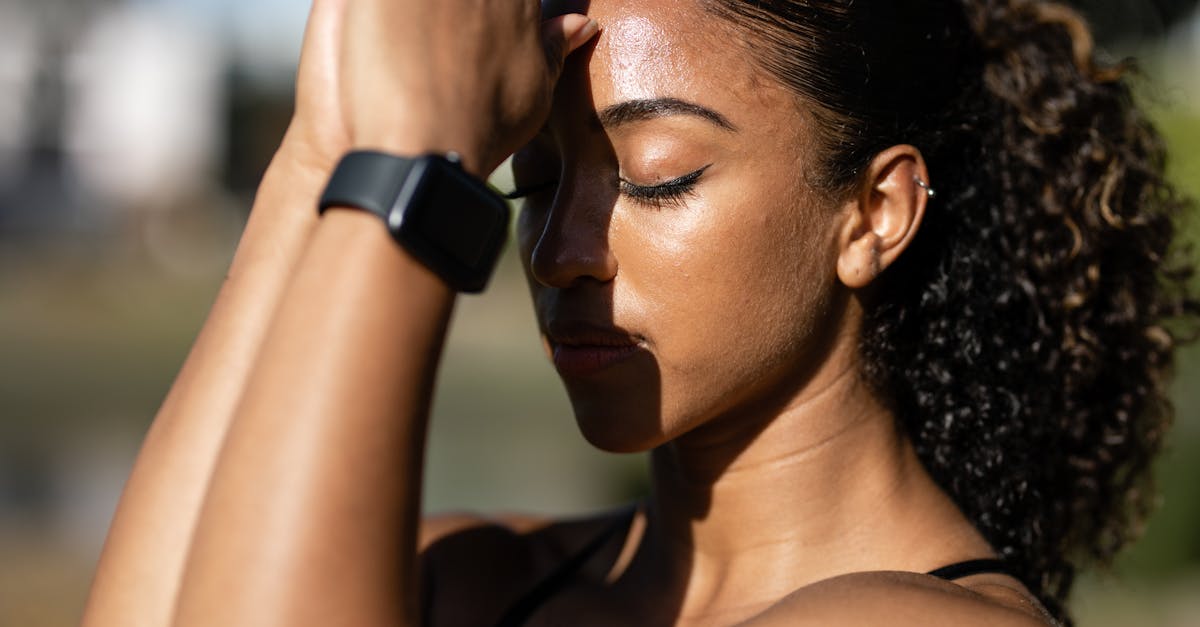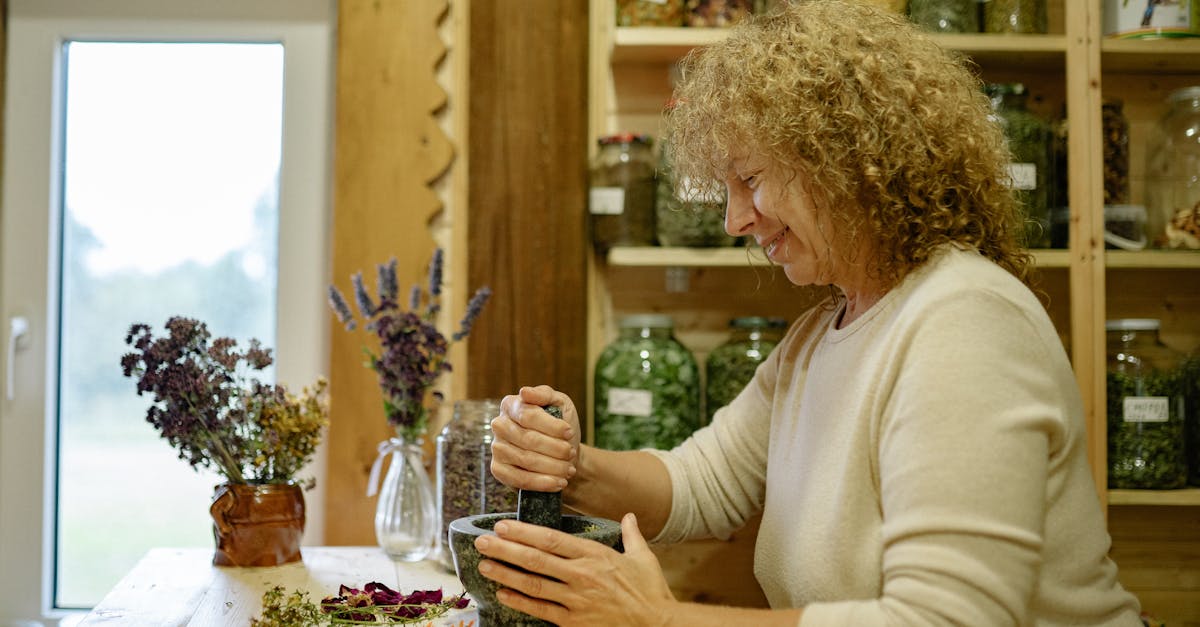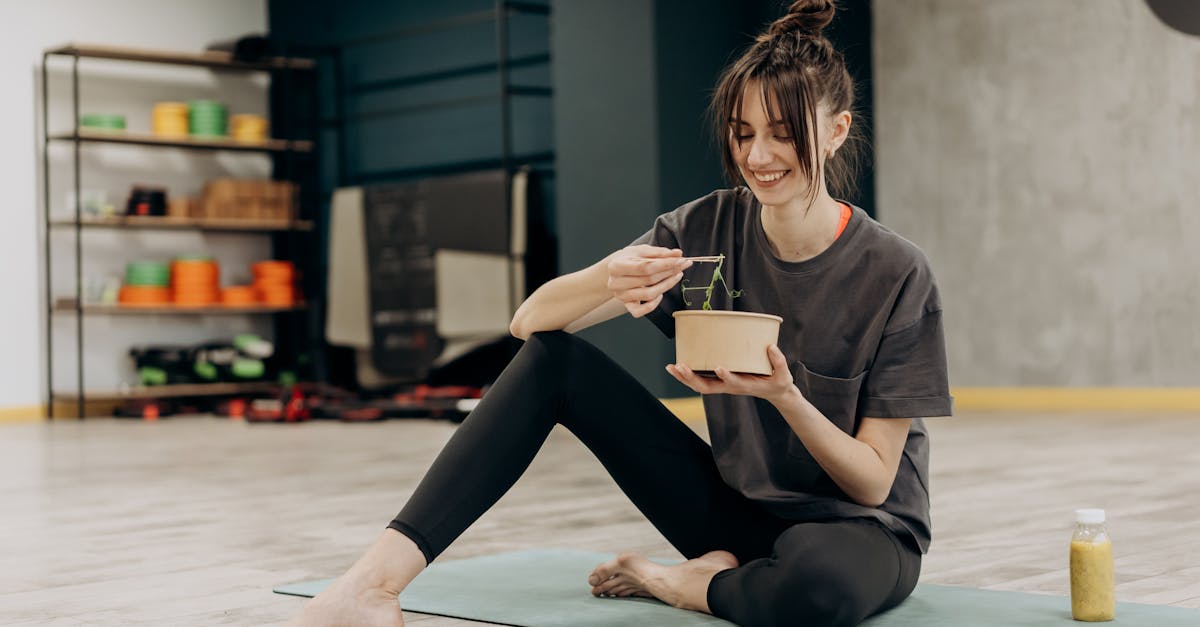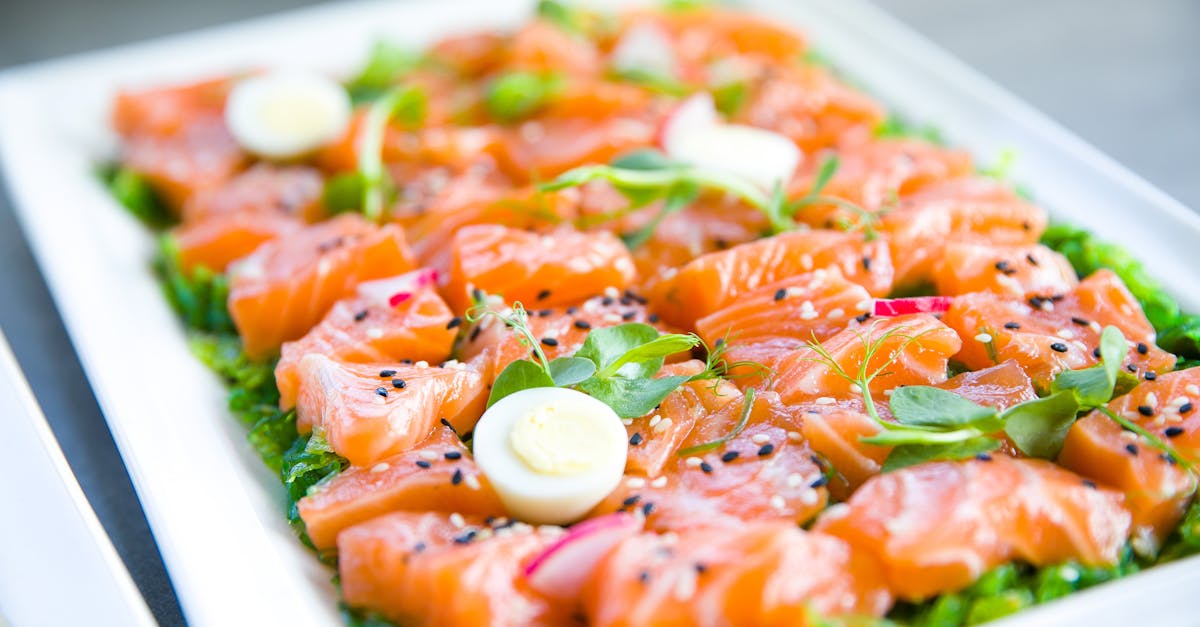Pioneering DIY Wellness Strategies in 2085
Introduction
In 2085, as healthcare systems advance and individual wellness becomes increasingly personalized, innovative Do-It-Yourself (DIY) wellness strategies are emerging. People are integrating technology, traditional practices, and community-driven approaches for self-care. With information and resources more accessible than ever, the DIY movement is shaping wellness trends. This shift empowers individuals to take control of their health outside of conventional medical environments. Eco-friendly and cost-effective, these methods are transforming how society approaches wellness. So, what are these pioneering strategies, and how are they revolutionizing self-care?
Advertisement
The Rise of Holistic Tech
Holistic technology has taken center stage in the wellness realm of 2085, marrying advanced AI with traditional practices. Wearable devices offer insights into physical and mental well-being, tracking heart rates and stress levels, while providing real-time feedback. AI-driven applications personalize meditation routines by reading biofeedback and adjusting sound or light therapies accordingly. Traditional techniques like acupuncture are enhanced with precision lasers, ensuring optimal results. This blend of the old and new creates a symbiotic relationship between technology and nature, offering a comprehensive approach to self-health. It's a partnership that supports individuals’ pursuit of balance and health.
Advertisement
Bio-Hacking Goes Mainstream
In 2085, bio-hacking is no longer a fringe practice but a mainstream wellness strategy embraced by many. Biomarkers, tiny sensors implanted under the skin, monitor everything from nutrient deficiencies to hormonal imbalances. Individuals leverage this data to optimize diets, supplement regimens, and exercise routines. A new wave of biotech startups provides at-home genetic testing kits, offering insights into predispositions for specific health conditions. With such personal data, people are empowered to customize lifestyle choices, enhancing longevity and quality of life. This hands-on approach puts health ownership back into consumers' hands.
Advertisement
Nature Integrated Urban Spaces
Urban environments are reimagined as nature-integrated spaces designed to promote wellness. Cities are embracing designs that interweave greenery with residential and commercial areas, using green roofs, vertical gardens, and urban farms. These spaces passively purify air and reduce stress levels, contributing to a healthier urban experience. Community gardens flourish, offering residents a chance to grow their own vegetables, providing both physical exercise and fresh produce. The urban wellness movement emphasizes the essential role of nature in maintaining mental and physical health. It serves as a testament to cities prioritizing citizens’ wellbeing.
Advertisement
Community-Driven Wellness
Communal wellness strategies are thriving, emphasizing collective action in health and well-being. Community centers host knowledge exchange workshops, teaching the latest DIY wellness hacks, from yoga techniques to herbal medicine preparation. Digital platforms connect individuals with local experts and hobbyists willing to share their skills. This community involvement fosters an ecosystem where people learn, support, and inspire one another. Participatory projects, like group meditation or forest bathing excursions, strengthen communal bonds, promoting mental and emotional resilience. It's a return to roots, where community plays a crucial role in individual wellness.
Advertisement
Eco-Conscious Self-Care
With an ever-conscious eye on sustainability, eco-friendly wellness practices are on the rise. Individuals opt for organic, locally sourced skincare products, reducing transportation-related emissions. Traditional remedies using home-grown herbs and plants reduce reliance on processed medications. Solar-powered yoga studios and sustainable architectural designs contribute to an eco-conscious lifestyle. DIY beauty treatments using kitchen ingredients like oats, honey, and avocadoes are gaining popularity, showcasing nature's bountiful resources. The eco-conscious approach reflects a growing acknowledgment of the planet's influence on health, inspiring harmony with the natural world.
Advertisement
AI-Powered Mental Health
Artificial Intelligence (AI) plays a pivotal role in enhancing mental wellness in 2085. Personalized mental health apps, harnessing AI technology, provide real-time emotional support through virtual consultations and customized therapy sessions. These apps can predict mood swings, offering proactive stress management tips. Further, they simulate environments for therapeutic virtual reality sessions, immersing users in calming landscapes. Such tools significantly complement professional counseling services, enabling holistic mental health management. AI integrations are seamless, facilitating daily check-ins and meditative practices, underscoring the synergy between technology and emotional well-being.
Advertisement
Future-Forward Nutrition
Nutrition in 2085 moves beyond traditional frameworks, empowering individuals to tailor diets precisely to their physiological and genetic profiles. Algal farming and cultured meat technologies provide eco-friendly, sustainable protein sources. Personal nutrient dispensers deliver exact multivitamin formulations based on real-time data retrieved from biometric sensors. The advent of nutrient-rich, lab-grown superfoods enables dietary personalization, ensuring daily nutritional needs are meticulously met. These advancements underscore a shift towards future-forward nutrition, highlighting the crucial role of diet in achieving optimal wellness.
Advertisement
Mindful Movement Practices
Mindfulness and movement are intricately linked in the wellness paradigm of 2085. Practices like Mindful Kinetics, a fusion of traditional yoga and dynamic movement, focus on enhancing both flexibility and mindfulness. Immersive technologies enhance these practices with synchronized soundscapes and visual cues, creating a holistic sensory experience. Hybrid fitness classes cater to both physical conditioning and mental clarity, blending aerobic exercises with meditative elements. Movement service platforms allow personalized routines, providing access to world-class trainers remotely. Emphasizing harmony, these evolved practices integrate mental awareness into every motion, redefining physical well-being.
Advertisement
Conclusion
As we look towards the future of wellness in 2085, DIY strategies emerge as powerful tools for personal and communal health. From holistic technology to eco-conscious practices, these pioneering methods redefine well-being. They promote self-reliance, sustainability, and community engagement, fostering a deeper connection with both the self and the environment. The intersection of tradition with cutting-edge technology illustrates a dynamic evolution in self-care. As these strategies continue to develop, one thing is certain: the empowerment and personalization they offer are just the beginning of a new wellness era.
Advertisement







